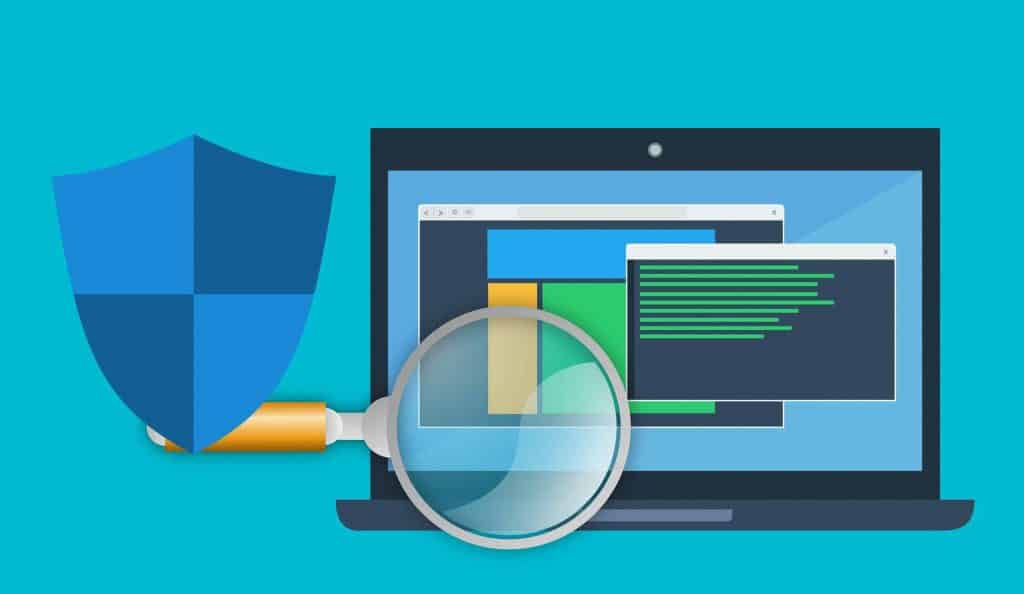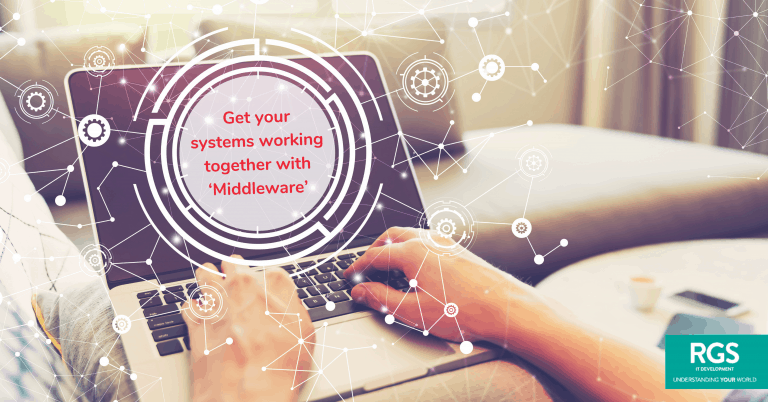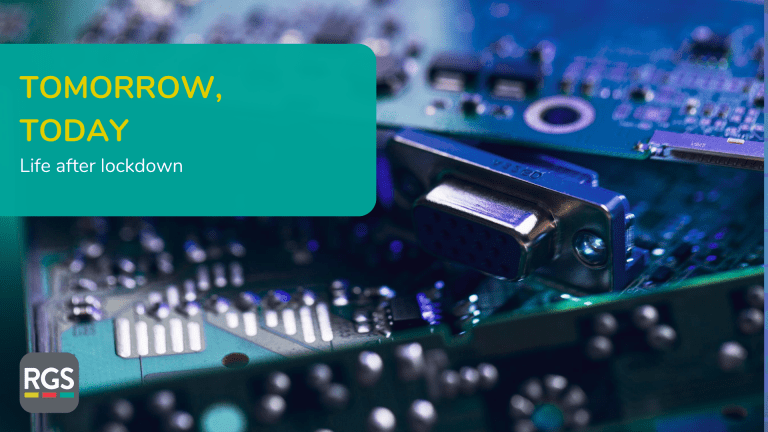Incidents of data fraud/theft and large-scale cyberattacks were ranked the 4th and 5th “biggest risks facing our world in 2019” in an article published by The World Economic Forum.
And, with large-scale teams working from home, the global events of 2020 have only left our data more exposed to risk due to our unfaltering dependence on technology. As millions of people suddenly found themselves working from home on personal systems that aren’t equipped for large-scale data management, criminals saw an exciting new opportunity to access all our vulnerable data.
Take a minute to ask yourself – are you doing enough to manage data security within your business while some (or all) of your employees are working remotely?
What’s more – as more people are working from home, their personal information is no longer separated from their work. So if you’re not using secure systems, you’re risking a whole lot more than just your business. Make sure you’re protecting your employees, your customers, and yourself by working with systems and software that are built with data security at their core.
What is data security?
Data security refers to digital privacy measures that are applied to protect data from accidental or intentional but unauthorised modification or disclosure. We can look at physical security, administrative controls, data encryption, backups, and a range of other safeguards to limit the accessibility of unauthorised members.
Whether you’re protecting your brand, customer information, or intellectual capital, to minimise your data’s exposure to one of the biggest threats of the modern age requires a three-step data security strategy: collection, usage, security.

Step 1: Data Collection
What kinds of data are you collecting? Is it necessary for you to collect and store this data? Are there more modern methods of data collection available that are built with data protection in mind?
One of the best ways to protect the data your company manages is to collect less of it. In the past, it was common to think that any data is good data – and the more you have, the more you can do with it. But today, the more data you have, the more exposed you are. So, one simple way to minimise your risk is to minimise your data collection.
We can help you do this by starting with an audit. We can assess what data you’re currently collecting, help decide if you need this data, if it’s useful to you, and look at how you’re collecting it, and how you’re using it.
For any important and valuable data you collect, we can help you determine the best, most secure methods of collecting and storing it – as well as efficient ways to apply this information to maximise business efficiency and output.
Step 2: Data Monitoring
How do you monitor who accesses your data? Which of your data is most at risk? Where do you store your most confidential and valuable data?
One great way to assess how your software is currently protected is through a data risk assessment. A data risk assessment will allow you to identify your most vulnerable data and help you to prioritise and fix security risks – whether these are within your CRM or elsewhere. If there are elements of software or CRM which weren’t built to adapt to or monitor data security measures, we can help you build or switch to a new one so you can safeguard all your company’s data.
If you’re not considering assessing your CRM, a couple of simple ways to help protect your data are with data classification. Under the EU’s General Data Protection Regulation (GDPR), classifying sensitive personal data and storing it correctly is critical to both protecting the information and fulfilling requests to correct and erase personal data under the right to be forgotten.

Step 3: Data Security
How are you preventing breaches and reducing risk? What technologies do you have in place to minimise exposure? How are you protecting your vulnerable data?
Having solidified what data you’re collecting and how you’re monitoring/classifying it, you need to make sure it’s secure by implementing a few simple data technologies including user behaviour tracking, data classification software, and real-time alerts.
It is common in the workplace for users to require temporary access to sensitive data. However, once the project is over and they no longer need access to this information – who is there to revoke their permissions? You need to keep the number of users accessing your most sensitive data to a minimum, usually by installing security software which profiles user behaviour and automatically allocates users the necessary access permissions. This limits your data’s vulnerability to exposure or leaks.
As well as monitoring your user behaviour, you can also install data classification software which will continually audit and classify sensitive data, moving anything vulnerable to a secure location automatically so that it cannot be accessed – saving you time and anxiety around how your data is collected, stored, and protected.
If your company is exposed to a data breach, having software in place to notify you is a great way to limit the impact. We often hear stories of companies that have been unaware of a data breach for several months, only finding out about it through customer complaints when the damage is already done. By installing software which monitors your data in real-time, you can be alerted of security breaches almost immediately so you can do much more to protect the data that may have been exposed – before it’s too late.
How we can help
Data security can seem like a minefield. With regulatory and reputational impact, you need to be sure your software is up to scratch.
Our experienced team can perform an audit of your current data management software and help you to build a bespoke solution that will simultaneously make your processes more efficient while increasing your protection against data hacks and cyber-security. If you’d like to find out more, talk to our team of data experts to get started.






